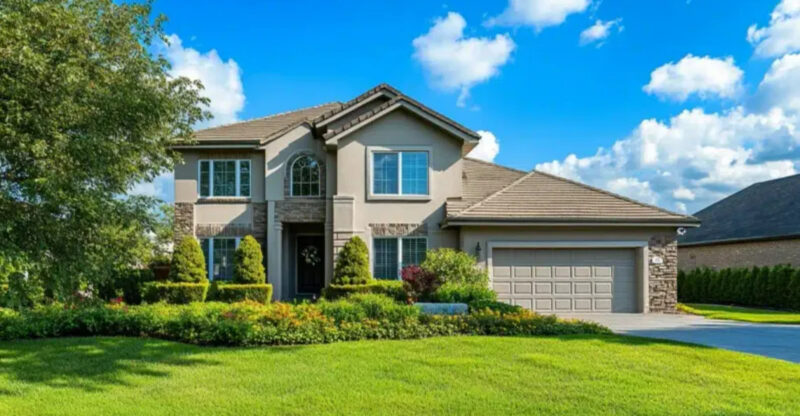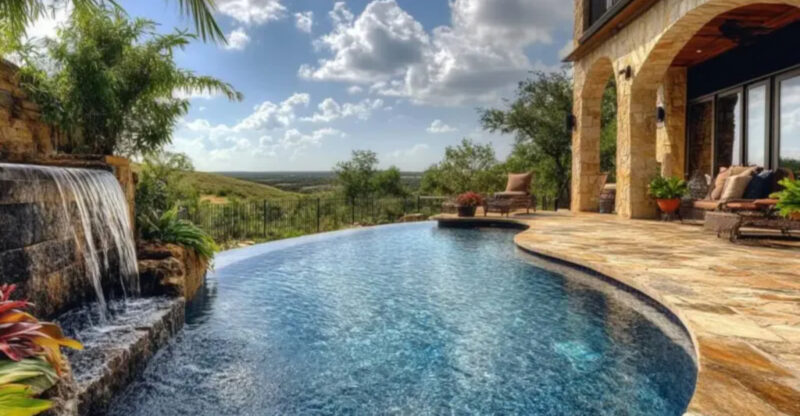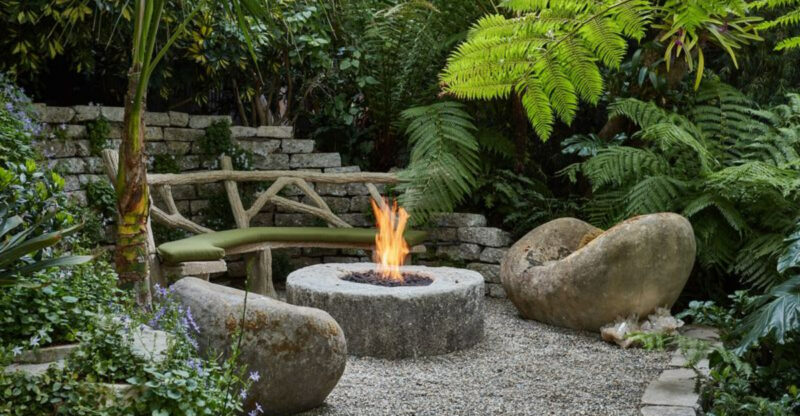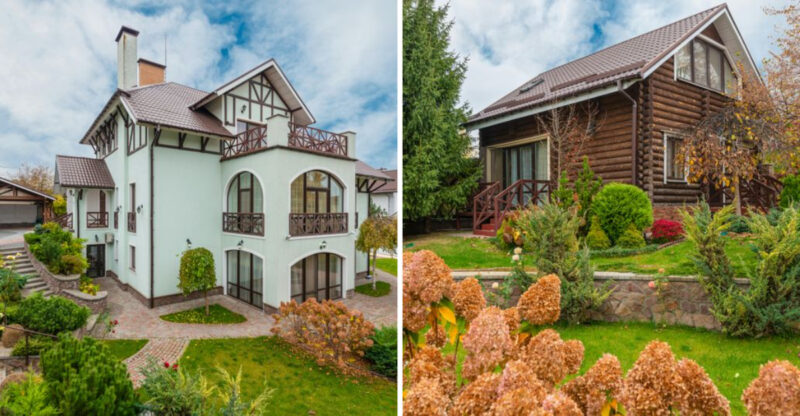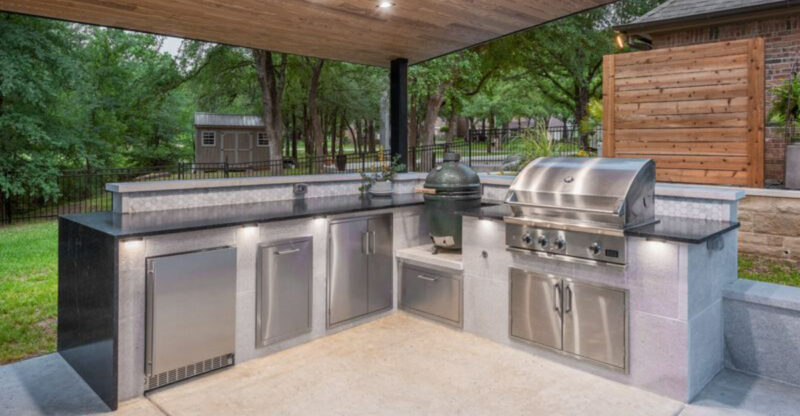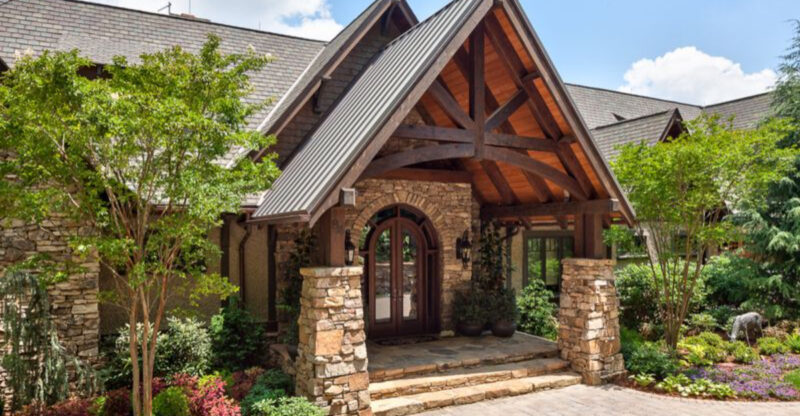7 Timeless Exterior Designs Inspired By Old Houston Neighborhoods Plus 3 You Shouldn’t Miss
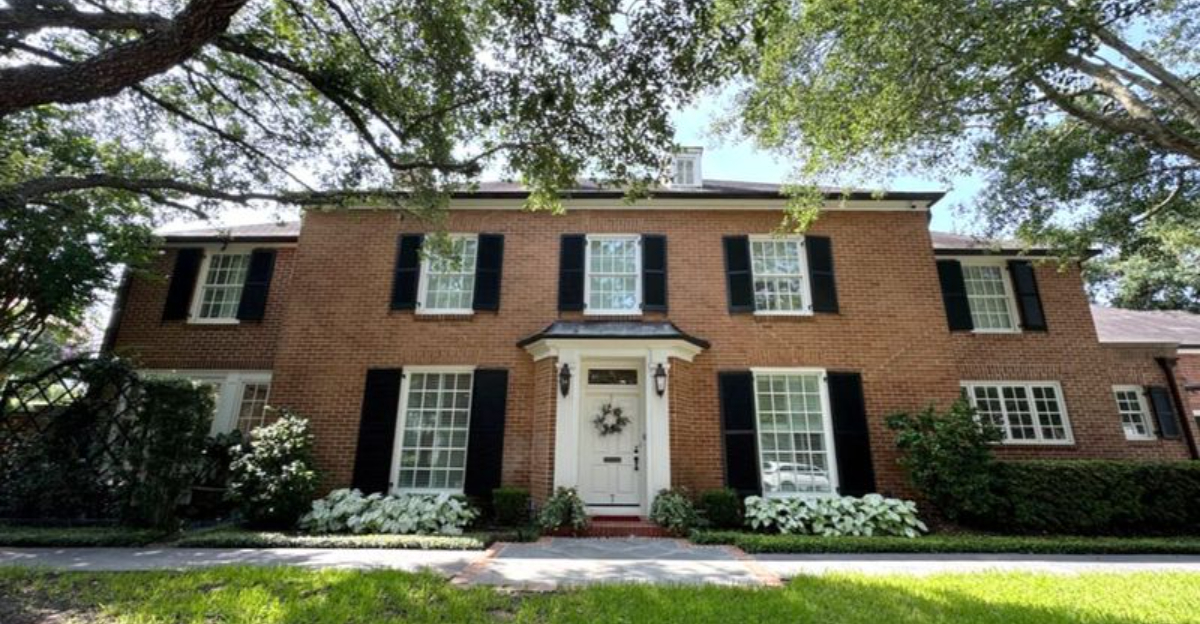
Houston’s historic neighborhoods showcase some of America’s most beautiful home designs. From the Heights to River Oaks, these communities tell stories through their distinctive architectural features.
I’ve spent years admiring these timeless exteriors that continue to influence modern home designs throughout Texas.
Let me share the exterior elements that have stood the test of time and a few special features you simply shouldn’t overlook.
1. Craftsman Bungalows
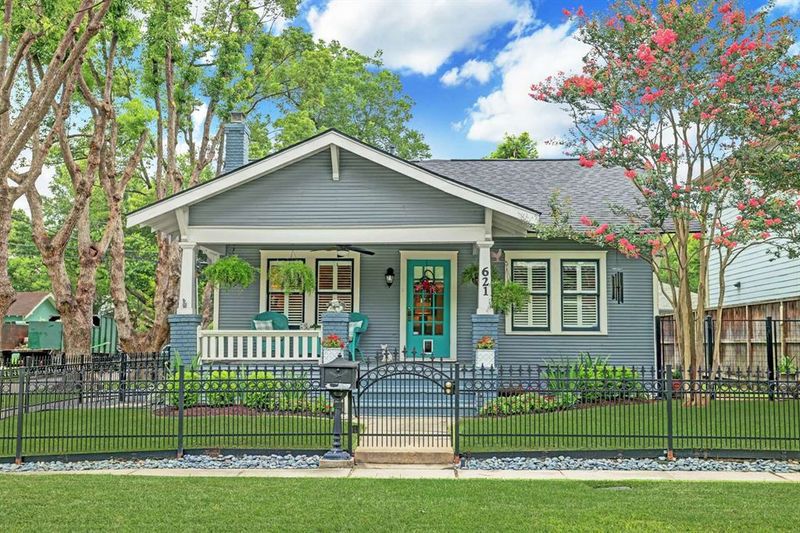
Walking through Houston Heights feels like stepping back in time when you spot those low-pitched roofs and wide front porches that define Craftsman bungalows. These homes emerged in the early 1900s as a rebellion against the fussiness of Victorian styles.
The telltale triangular knee braces under the eaves support those generous roof overhangs while exposed rafter tails add character you just can’t find in newer constructions. Natural materials dominate these facades think river rock foundations paired with cedar shingles.
If you’re renovating, consider the classic Craftsman color palette: earth tones like mossy greens, warm browns, and muted blues. These homes celebrate honest craftsmanship with hand-worked details that machine production simply can’t replicate.
2. Colonial Revival Facades
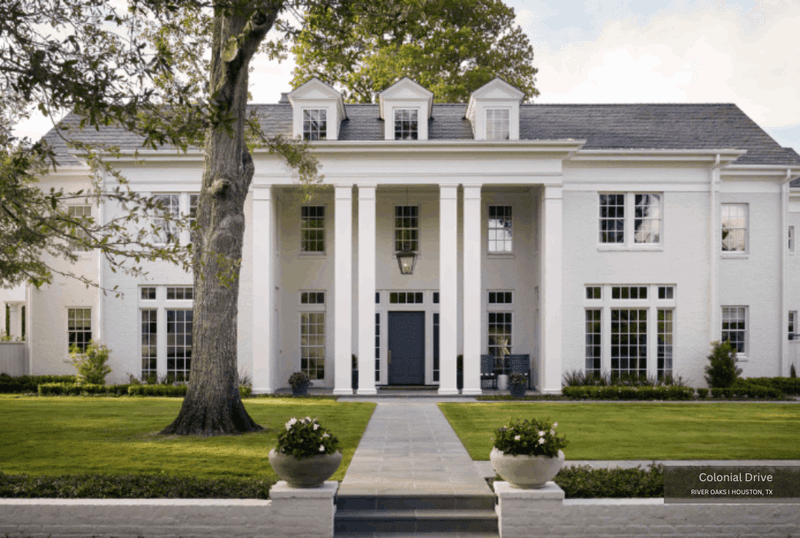
Symmetry reigns supreme in Broadacres and Southampton where Colonial Revival homes stand proudly with their balanced facades and centered front doors. These dignified structures first appeared in Houston neighborhoods during the 1920s oil boom when new wealth sought classical expressions.
White columns flank entryways, creating a sense of grandeur that still impresses today. The windows follow strict alignment patterns, typically with six-over-six paned designs that harken back to early American architecture.
Did you know many Houston Colonial Revival homes feature side porches? This regional adaptation acknowledges our need for outdoor living spaces in the southern climate. The clean lines and formal appearance of these homes convey permanence and tradition, making them eternally appealing to homebuyers seeking established elegance.
3. Tudor-Style Brickwork
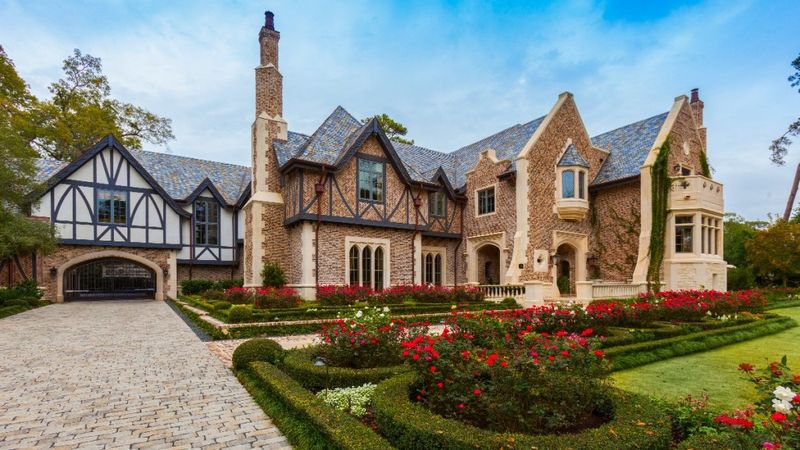
Riverside Terrace showcases some of Houston’s finest Tudor-inspired homes with their distinctive patterned brickwork that catches sunlight in the most magical ways. Masons who built these 1920s and 1930s homes often created herringbone patterns or incorporated contrasting stone accents.
The steep gabled roofs with decorative half-timbering create that storybook charm we associate with old English cottages. Many feature brick arches over doors and windows a technical feat requiring serious craftsmanship.
I’ve noticed how these homes often mix textures masterfully: rough-hewn stone, smooth brick, and stucco all working together harmoniously. Modern builders try to replicate this look but rarely achieve the authentic character of these vintage facades. Their slightly asymmetrical designs feel organic and evolved rather than mass-produced.
4. Raised Southern Porches
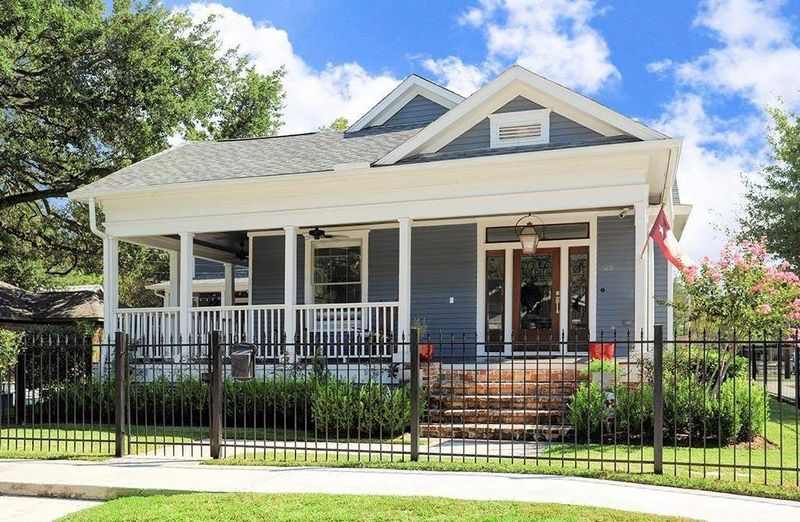
Woodland Heights homes often feature those gloriously elevated front porches that keep residents above street level while capturing precious breezes. This practical design element dates back to when Houston’s bayou-adjacent neighborhoods needed protection from occasional flooding.
The wide stairs leading up to these porches create a ceremonial approach to the home’s entrance. You’ll notice many have ceiling fans hanging from bead board porch ceilings painted a soft blue a tradition said to ward off evil spirits in Southern folklore.
These raised porches typically extend across the entire front facade, creating generous outdoor living spaces. The supporting columns range from simple square posts to ornate turned spindles depending on the home’s overall style. This design element creates a natural transition space between public and private realms.
5. Decorative Iron Railings
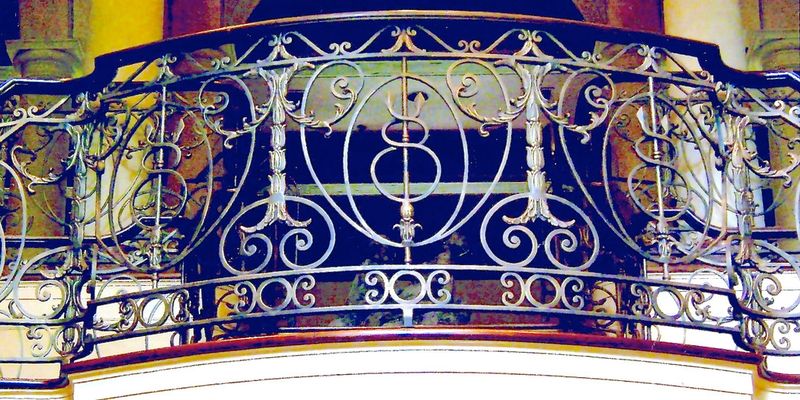
Montrose’s eclectic historic homes often feature intricate wrought iron details that tell stories through their patterns. These aren’t your basic builder-grade railings they’re artistic statements with scrollwork and motifs reflecting the original owner’s personality.
Houston’s proximity to New Orleans influenced these ornamental elements, which serve both functional and decorative purposes. The black iron creates striking contrast against lighter colored exteriors while providing necessary safety for steps and balconies.
Many of these railings survived decades of Houston’s harsh humidity because they were hand-forged using traditional methods. Modern homeowners are now commissioning local artisans to create custom ironwork that honors these historical patterns. The delicate appearance of these railings belies their incredible strength much like the resilient neighborhoods they adorn.
6. Shiplap and Siding Combinations
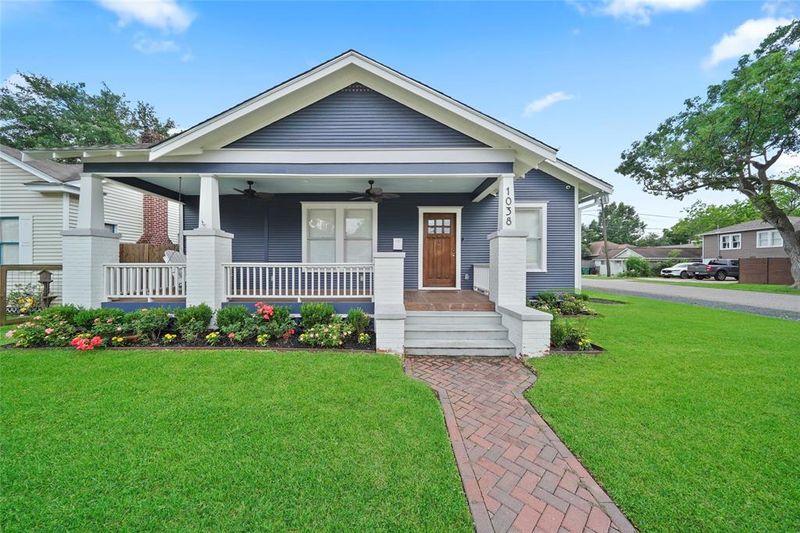
Before shiplap became a design show buzzword, it was quietly serving Houston homes for generations. The original bungalows in Norhill often feature clever combinations of horizontal shiplap and decorative shingle patterns that create visual interest across facades.
These wood siding variations weren’t just decorative they helped homes withstand Houston’s dramatic weather shifts. The tight horizontal boards shed water efficiently during our famous downpours. Many homeowners painted these exteriors in crisp whites that reflected heat during brutal summers.
Look closely at well-preserved examples and you’ll notice how craftsmen used different siding patterns to highlight architectural features. Gables might showcase decorative fish-scale shingles while the main walls display clean horizontal lines. This thoughtful approach to exterior cladding demonstrates how functional elements can also be beautiful design statements.
7. Classic Painted Brick Exteriors
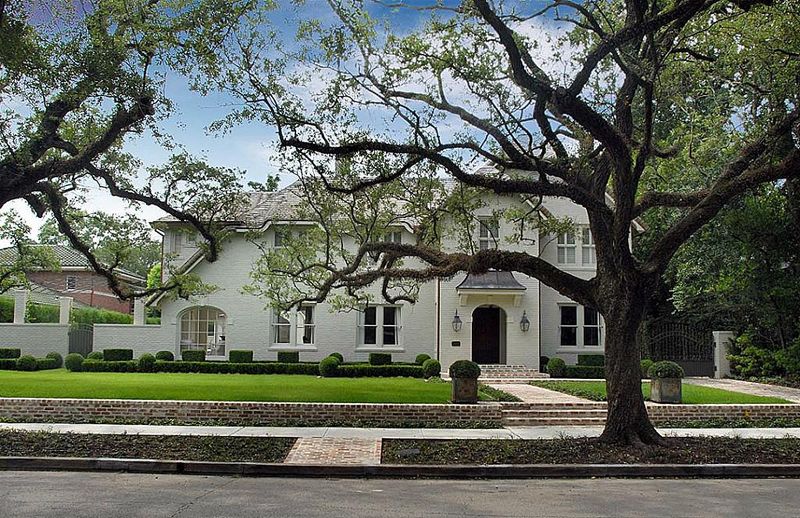
Boulevard Oaks showcases some of Houston’s most elegant painted brick homes a technique that began as a practical solution to our climate challenges. The soft white and cream finishes reflect heat while unifying disparate brick colors that might have faded unevenly over decades.
This technique transformed ordinary red brick into sophisticated facades with a European sensibility. Many homeowners opted for limewash applications that allow the brick’s texture to remain visible while softening the overall appearance.
The contrast between painted brick and natural wood doors creates a welcoming focal point. I’ve watched as this trend cycled back into popularity, with modern homeowners rediscovering what our predecessors knew painted brick offers protection while elevating curb appeal. The subtle variations in finish create depth that flat modern surfaces often lack.
8. Wraparound Verandas
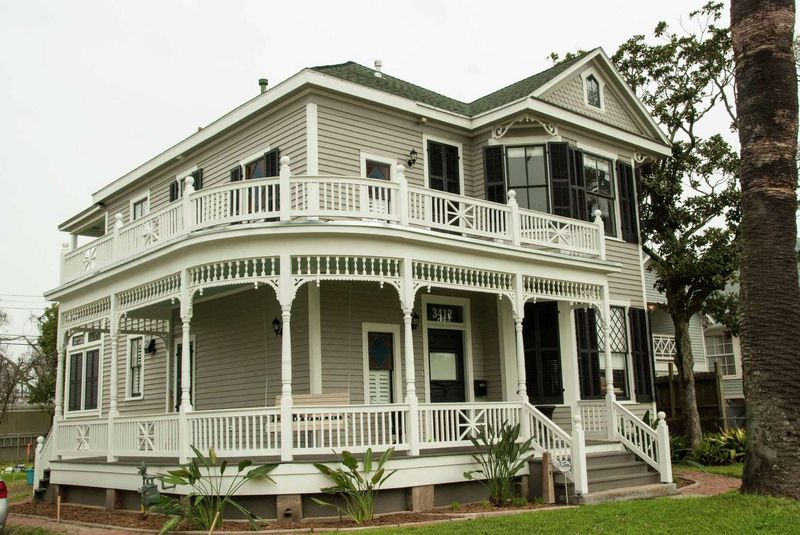
If you miss seeing the magnificent wraparound verandas in Old Braeswood, you’re overlooking one of Houston’s most practical and beautiful architectural features. These continuous porches extend around corners, creating outdoor living spaces that capture cross-breezes from multiple directions.
The graceful curve where the porch turns the corner showcases exceptional carpentry skills. These spaces served as natural air conditioning before mechanical cooling, with ceiling heights carefully calculated to maximize air movement.
Many feature built-in bench seating and wide railings that double as casual perches for conversations. The veranda’s roof extension protects windows from direct sunlight while still allowing natural light to filter into interior rooms. This architectural element blurs the boundary between indoor and outdoor space something we Houstonians have always valued in our semi-tropical climate.
9. Tall Shuttered Windows
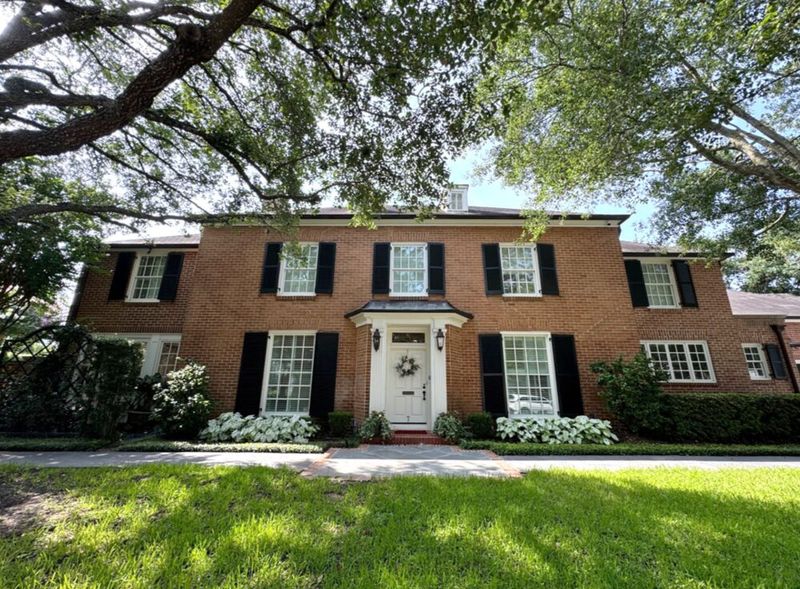
Don’t walk past Courtlandt Place without admiring those magnificent floor-to-ceiling windows with their perfectly proportioned shutters. These tall openings create dramatic facades while serving the critical function of ventilation in pre-air conditioning Houston.
The shutters aren’t just decorative they’re fully functional with operable louvers that can be adjusted to control light and airflow. Many original homes feature interior pocket doors that can be opened to create cooling cross-ventilation through these impressive windows.
These windows typically feature true divided lights with wood muntins creating distinctive patterns. The glass often has slight imperfections that catch sunlight in ways modern windows cannot replicate. When you see these architectural elements preserved, you’re witnessing a direct connection to how Houstonians cleverly adapted European designs to our challenging Gulf Coast climate.
10. Dormer Rooflines
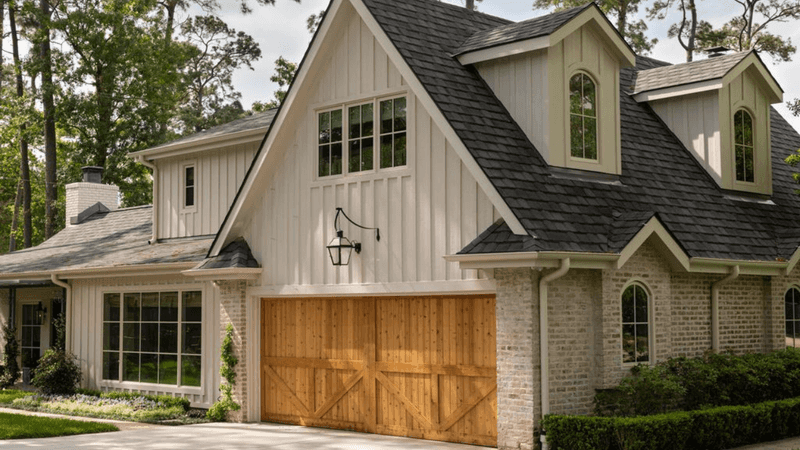
Missing the charming dormer windows in Audubon Place means overlooking one of Houston’s most character-defining roofline features. These protruding windows break up large roof expanses while allowing natural light into upper floors and attic spaces.
The variety of dormer styles tells architectural stories eyebrow dormers with their curved roofs suggest Craftsman influences, while gabled dormers with pointed tops reflect Colonial Revival heritage. Some homes feature shed dormers with flat angled roofs that maximize interior headroom.
Beyond their practical function, dormers create rhythm across rooflines and add visual interest to what would otherwise be plain surfaces. They often feature decorative trim and window patterns that echo the home’s main facade. I’ve always found these architectural “eyes” give historic homes personality and watchful presence over their neighborhoods.

